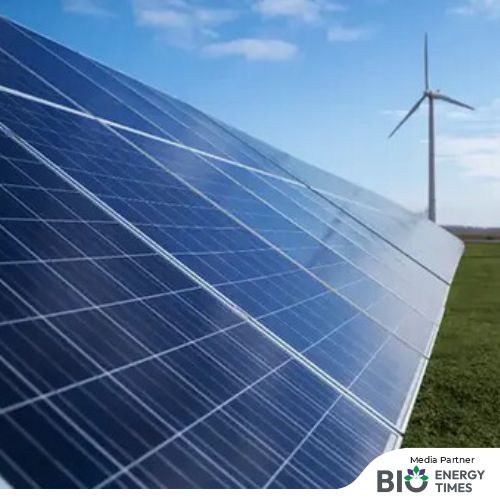India’s solar equipment manufacturing sector is expected to experience significant growth over the next 2-3 years, with an estimated capital expenditure (Capex) of nearly Rs 1 lakh crore, according to CareEdge Ratings.
Of this total, approximately Rs 70,000 crore is anticipated to be funded through debt, including investments in polysilicon and wafer production capacities, the rating agency stated in a report released on Thursday.
As of September 2024, India’s renewable energy capacity reached 155 GW, with solar power contributing the largest share at 91 GW, driven by substantial capacity additions in recent years. This growth is supported by strong policy initiatives, improved tariff competitiveness, and growing investor interest in the sector.
In the 2023-24 fiscal year, India added 18.5 GW of renewable energy capacity, and CareEdge Ratings expects that annual installations will exceed 35 GW over the next two years, bolstered by a robust pipeline of over 100 GW in projects. The expansion in solar capacity will be largely driven by an annual tendering target of 50 GW of renewable energy capacity, with the majority coming from solar, the agency noted.
Over the next 2-3 years, an additional 20 GW of solar capacity will be added through rooftop solar, hybrid solar components, and off-grid solar solutions. The government is actively supporting the industry through both tariff and non-tariff measures to foster demand for domestic manufacturers.
To protect local manufacturers from the impact of low-cost Chinese imports, the government introduced a Basic Customs Duty (BCD) of 25% on solar cells and 40% on solar modules from China, effective April 1, 2022. This duty remains a critical tool in improving the cost-competitiveness of Indian-made modules.
Jatin Arya, Director at CareEdge Ratings, said, “The solar equipment manufacturing sector benefits from strong domestic demand, expanding export opportunities, supportive policies, and improved lender confidence in renewable energy projects.”
However, Arya pointed out that challenges such as the lack of integrated solar equipment production capacity, reliance on Chinese supply chains, growing competition, and delays in renewable energy capacity additions due to systemic issues will need to be closely monitored in the medium term.
India continues to rely heavily on fossil fuels for its energy needs, but renewable sources, particularly solar power, are viewed as key to reducing dependence on conventional energy.
At COP26 in 2021, India made a bold commitment through its “Panchamrit” pledge, which includes achieving 500 GW of non-fossil electricity capacity, sourcing 50% of its energy requirements from renewables, and reducing emissions by 1 billion tonnes by 2030. Additionally, India aims to lower the emissions intensity of its GDP by 45% and reach net-zero emissions by 2070. Globally, green energy has gained increasing importance as a solution for climate change mitigation.
For detailed information and further insights, please refer to BioEnergyTimes.com, which provides the latest news about the Green Hydrogen Industry
















